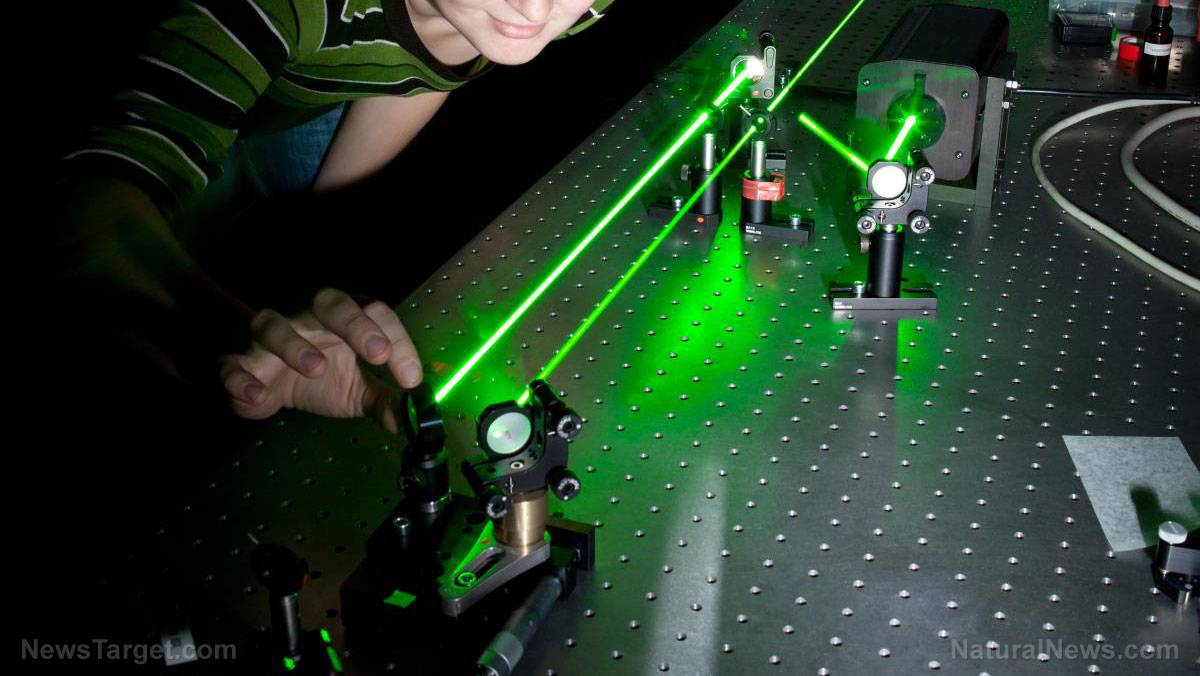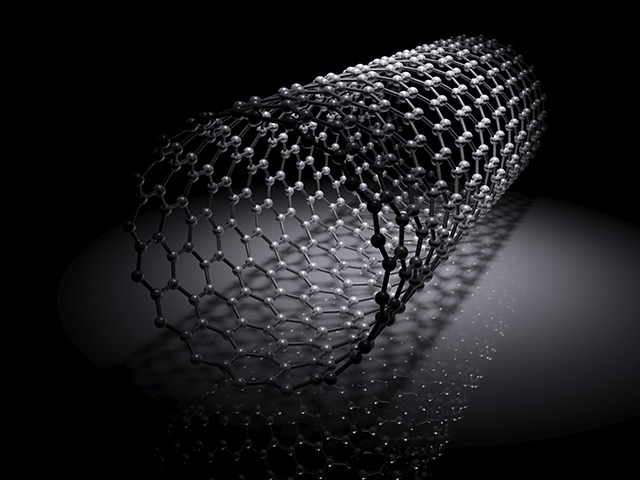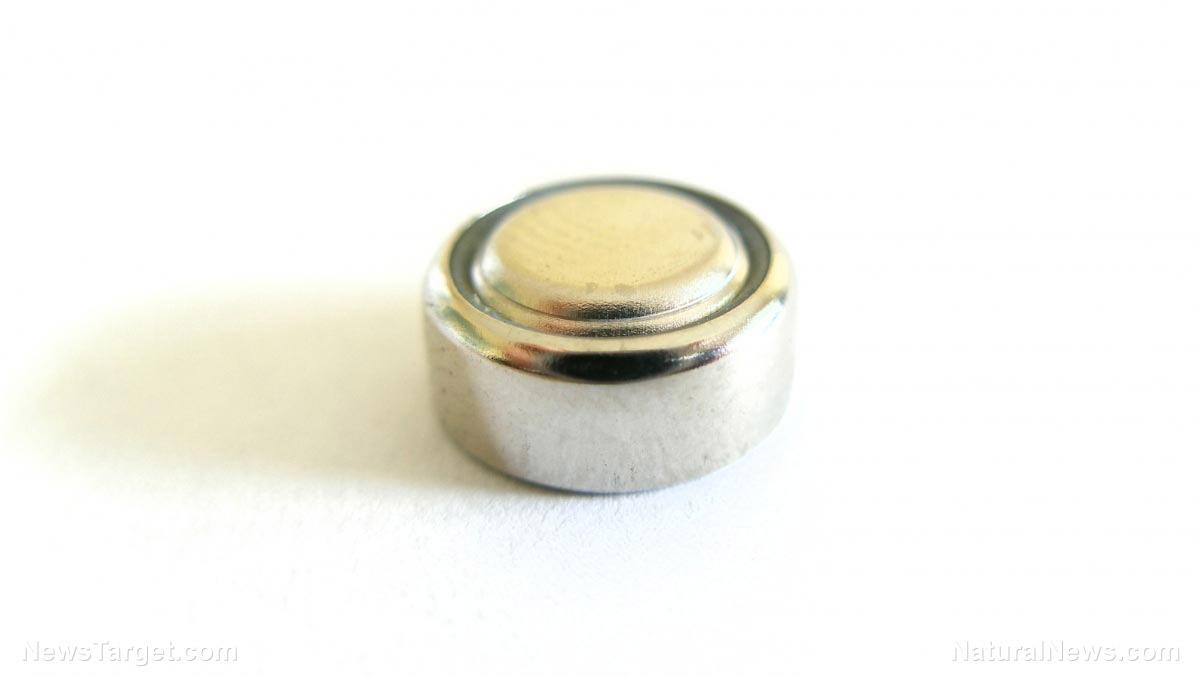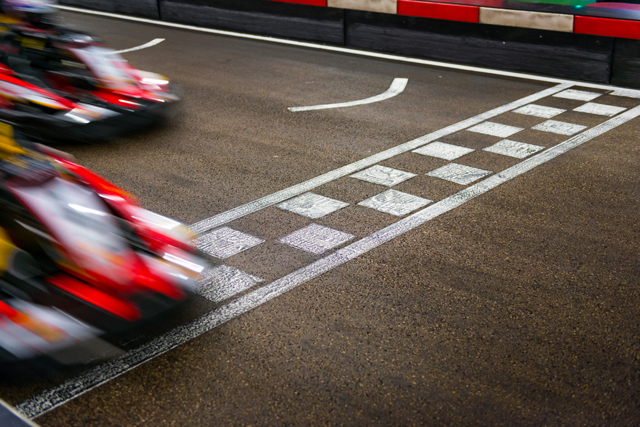New quantum computer predicts multiple futures, timelines
05/28/2019 / By Edsel Cook

A joint effort by Australian and Singaporean researchers produced a quantum computer that could calculate alternate realities and possible outcomes. The device can simulate multiple futures and compare the way each timeline turned out to determine the most likely result in real life.
The new device operates at the subatomic level. It can predict up to 16 different timelines for photons that occupy different locations. Its predictive capabilities call into mind the concept of the future as a broad or even unlimited range of possibilities. This concept drove science fiction films like Back To The Future, where the protagonist existed in one timeline but was absent in another one.
The strange laws of quantum physics govern the subatomic level of the world. Nanyang Technical University (NTU) researcher Dr. Mile Gu said that these laws established the future to be a broad set of possibilities.
Furthermore, that number increased at an exponential rate as they went further into the future. For example, a situation that produced only two new possibilities per minute would have 14 million potential futures after just 30 minutes of waiting. (Related: Researchers turn levitation into reality.)
This new quantum computer can view 16 different timelines
Gu and his colleagues came upon the idea of using a quantum computer to examine all potential futures of a decision-making process at a smaller scale. Their device accomplished this predictive process by putting the prospects in quantum superposition.
During superposition, multiple potential states took place at the same time. A system placed in this limbo would collapse into one of those states once it got observed or disturbed by an external force.
The best example of quantum superposition is Schroedinger’s Cat. In the famous thought experiment, the cat wasn’t dead or alive. Instead, it was in a superposition of those two states.
For the experiment, the researchers used the locations of photons to represent the possible future results of a decision. Their results suggested that a quantum superposition of more than one potential future could be affected by the chances of any of those outcomes taking place once the system collapsed.
“Our approach is to synthesise a quantum superposition of all possible futures for each bias,” said lead researcher Farzad Ghafari of Griffith University in Australia. “Many current artificial intelligence (AI) algorithms learn by seeing how small changes in their behaviour can lead to different future outcomes, so our techniques may enable quantum enhanced AIs to learn the effect of their actions much more efficiently.”
A quantum algorithm that might eventually encompass all possibilities
The late theoretical physicist Richard Feynman provided the impetus for the study. Feynman realized that a subatomic particle did not need to adhere to a single route when it moved from one point to another. He came up with the idea that the subatomic particle traveled through all of the possible paths between its origin and destination – and it did so at the same time, to boot.
NTU researcher Dr. Jane Thompson said that their study took advantage of that phenomenon to create computer models of statistical futures. Their team’s prototype quantum computer currently stopped at 16 separate possibilities, but the basic quantum algorithm could potentially apply to an unlimited number of probabilities.
“It is very much reminiscent of classical computers in the 1960s,” remarked Griffiths researcher Geoff Pryde, who was excited about the field of quantum mechanics and quantum computing. “Just as few could imagine the many uses of classical computers in the 1960s, we are still very much in the dark about what quantum computers can do.”
Sources include:
Tagged Under: breakthrough, computing, futur escience, new discovery, physics, Quantum Computers, quantum mechanics, quantum superposition, weird science
RECENT NEWS & ARTICLES
COPYRIGHT © 2018 BREAKTHROUGH.NEWS
All content posted on this site is protected under Free Speech. Breakthrough.news is not responsible for content written by contributing authors. The information on this site is provided for educational and entertainment purposes only. It is not intended as a substitute for professional advice of any kind. Breakthrough.news assumes no responsibility for the use or misuse of this material. All trademarks, registered trademarks and service marks mentioned on this site are the property of their respective owners.



















